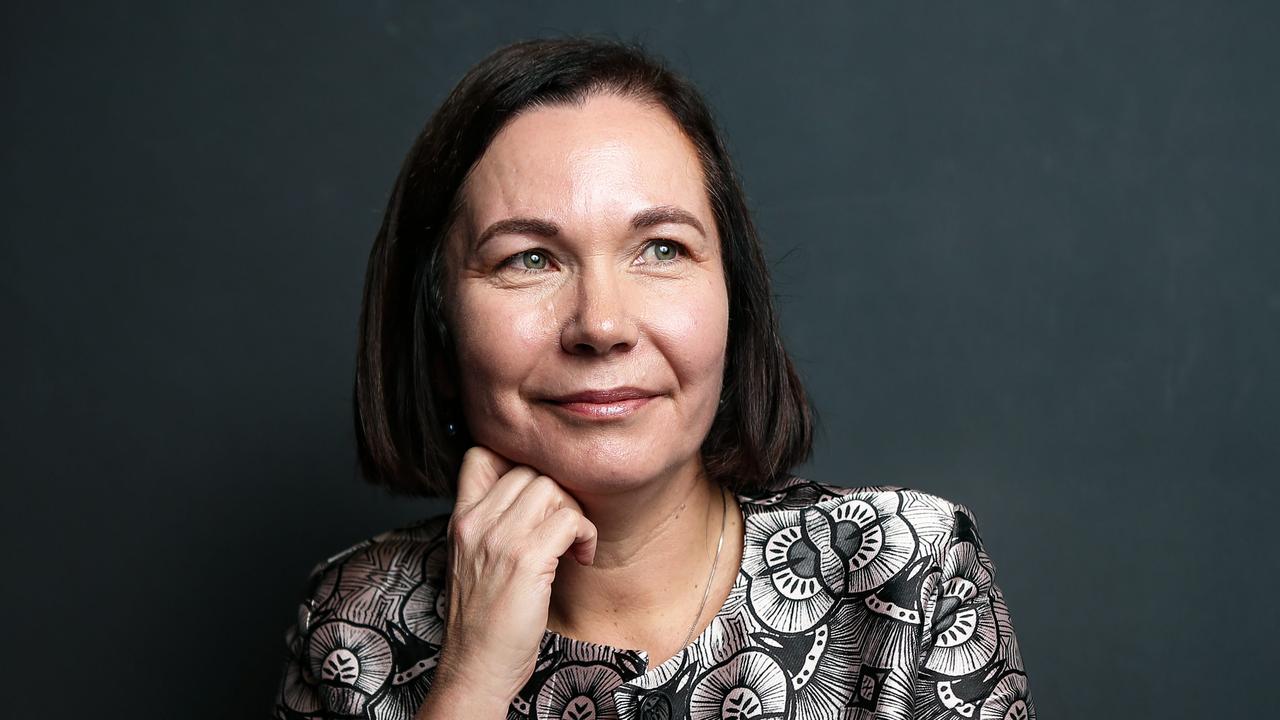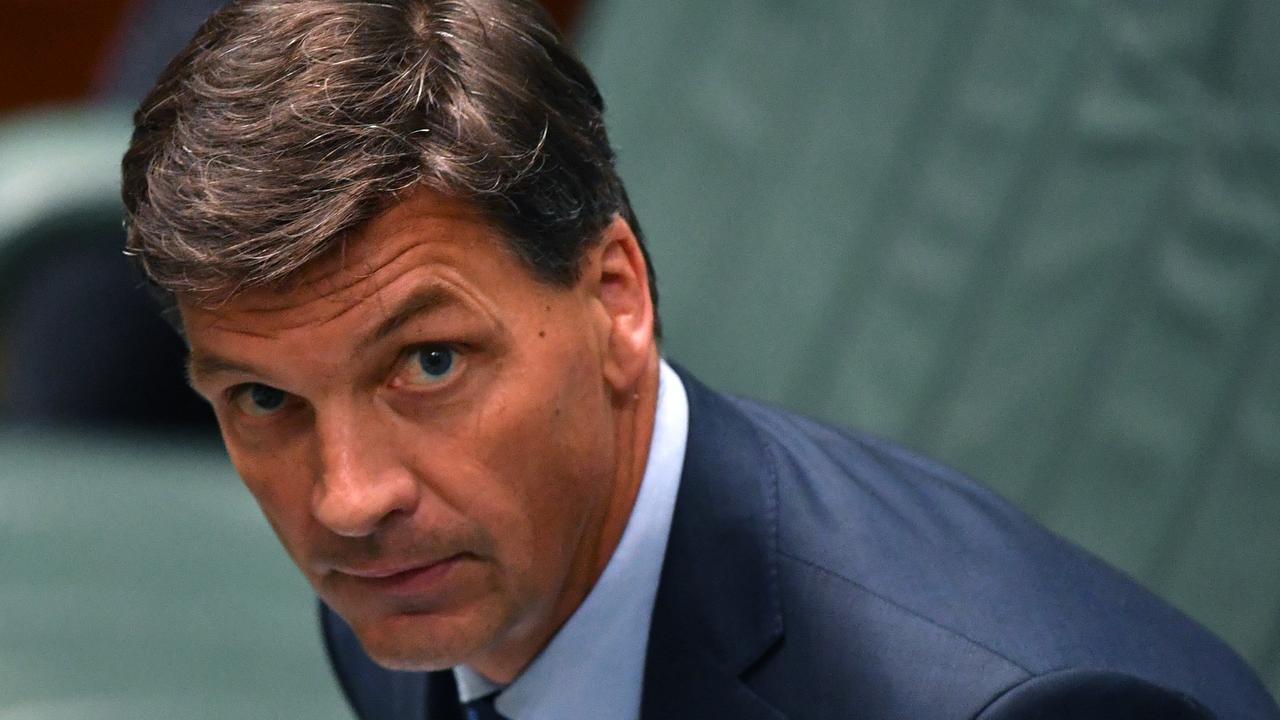Newspoll: State voters turn away from Libs
Scott Morrison plays down Newspoll after PM suffered a backlash in South Australia, lost ground in Queensland.

Malcolm Turnbull has suffered a backlash in South Australia while losing more ground in the key state of Queensland, according to a new analysis showing voter support for the Coalition has tumbled 6 per cent nationwide since last year’s federal election.
Voters in South Australia have turned against the federal government more savagely than in any other state over the past six months, putting Labor ahead 56 to 44 per cent in two-party terms after months of political argument over energy security.
The federal Coalition has lost 10 percentage points in Queensland since the July election to drive its primary vote down to 33 per cent, as Pauline Hanson’s One Nation cements the support of 16 per cent of state voters — a jump of 10.5 points in primary support since last year.
With the Queensland election tipped within months, senior Labor and Liberal National Party strategists told The Australian yesterday they expected Senator Hanson’s party to hold the balance of power in state parliament.
Scott Morrison played down Newspoll’s findings, saying the government had to “focus on the things that matter to Australian people”
Newspoll analysis
A quarterly Newspoll analysis, conducted exclusively for The Australian, reveals Mr Turnbull has kept his lead over Bill Shorten as preferred prime minister in every state and among every age group, including young voters.
And the government has staged a significant recovery in Victoria, where it lifted its primary vote by three percentage points over the past three months after a row between the state and federal governments over parole for suspected terrorists.
The survey of 6843 voters from April to June shows Labor has a commanding lead over the Coalition of 53 per cent to 47 per cent in two-party terms at a national level and in every state except South Australia, where it has an even bigger advantage.
Mr Turnbull hailed the Senate approval of the government’s $23.5 billion school funding boost last week as proof he was delivering for voters, using a speech to the Liberal Party’s federal council on Saturday to highlight tax cuts for businesses, stricter rules on citizenship and stronger national security laws. “Everything we do is about opportunity and security,” he said. “The opportunity is founded on the freedom for which our party stands.”
Labor is blaming the government for allowing a cut to penalty rates imposed by the Fair Work Commission while going ahead with the scheduled end of the deficit levy, a 2 per cent tax on earnings above $180,000 that is due to end on July 1 under legislation Labor voted for. Opposition employment spokesman Brendan O’Connor said the government was “hopelessly out of touch” with its moves to help the wealthy while allowing the penalty rate cuts.
Support for Labor has increased from 39 to 42 per cent in Western Australia on first preferences in the past quarter, adding to a trend over the past year to make this one of Labor’s strongest states, compared to being one of the weakest at the last election.
While Labor’s primary-vote support in WA has surged almost 10 percentage points since the July election, the Coalition’s support has fallen by nine percentage points to 40 per cent.
Queensland voters continued to turn against the Turnbull government during the past quarter, with the Coalition’s primary vote slipping from 34 to 33 per cent during a period when state Labor Premier Annastacia Palaszczuk claimed the Prime Minister was “worse than Tony Abbott” because of his “fly-in, fly-out” attitude to the state.
Mr Turnbull labelled those comments “bitter, personal and wildly inaccurate”.
The Coalition’s primary vote in Queensland has fallen from 43.2 per cent at the last election to 33 per cent in the quarterly Newspoll survey, the biggest slump in any state for the government.
While Queensland voters shifted against the government in the six months after the election, the Coalition’s support in South Australia remained steady until December and then fell from 35 to 29 per cent in primary terms.
Labor increased its support in Queensland from 33 to 35 per cent over the past quarter, giving it a higher primary vote than the Coalition in that state.
This is the first time the government has fallen behind Labor in Queensland in terms of primary vote since September 2015, when Mr Turnbull replaced Mr Abbott as Liberal leader.
In the quarter ending September 30 that year, Labor led the Coalition by 40 to 39 per cent on first preferences in Queensland. The Coalition turned this into a lead of 45 to 35 per cent on first preferences in the quarter after Mr Turnbull became Prime Minister.
South Australia remains the Coalition’s weakest state, followed by Queensland. While WA is the Coalition’s strongest state in terms of primary vote, the government now lags Labor by 47 to 53 per cent in two-party terms compared to its crushing lead of almost 55 to 45 per cent at the election.
The rise of One Nation has eroded the Coalition’s support in most states while Labor has tended to hold ground or slightly increase its appeal in each battleground, with its primary vote rising from 34.7 per cent at the election to 36 per cent in this quarterly Newspoll, unchanged from the previous three months.
In a significant setback in Mr Shorten’s home state, Labor has lost ground in Victoria over the past three months, with its support falling from 38 to 35 per cent.
One Nation has seen its WA support slip from 7 to 5 per cent following a state election campaign where Senator Hanson sent conflicting signals over GST reform, apologised for casting doubt on child vaccination and came under fire from former officials who turned against her party.
Senator Hanson’s party has kept its 10 per cent primary support in NSW, held its 7 per cent support in South Australia and lost ground slightly to 7 per cent in Victoria. The combined impact has kept One Nation’s support at 9 per cent over the quarter at a national level, down slightly from the last quarter but more than seven times its primary vote in the lower house at the last election.
Morrison: We can’t be seen in Canberra bubble
Asked how the Coalition was going to win back the “hearts and minds of the public”, Scott Morrison said the government had to “focus on the things that matter to Australian people” and not be seen to be in the “Canberra bubble”, writes Rosie Lewis.
“People are turning down the sound on Canberra, and they’re not just turning it down on politicians they’re turning down on the media too, and the way they always see politics as a fight, a horserace, and combat,” the Treasurer told Seven’s Sunrise program.
“What we’re focused on, as I said, power prices, that’s what people are talking about and they should be because they’re going up. We’re spending all of our energy on the policies that are needed to drive those prices down.”
Mr Morrison said Mr Turnbull was “of course” safe because he was responsible for legislating 126 bills in the last year and defended a 2 per cent pay rise for politicians.
“The average wage goes up about 1.9 per cent. Now, it’s set independently, it’s not set by politicians. I’m not sure what the other alternative is, and the minimum wage is going up by 3.3 per cent,” he said.
• You can download the Newspoll table here









To join the conversation, please log in. Don't have an account? Register
Join the conversation, you are commenting as Logout